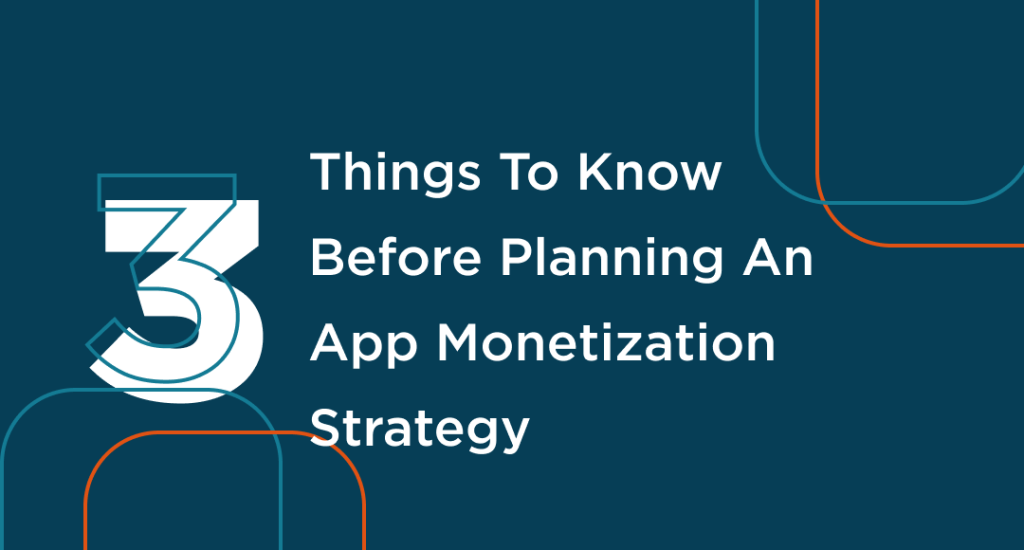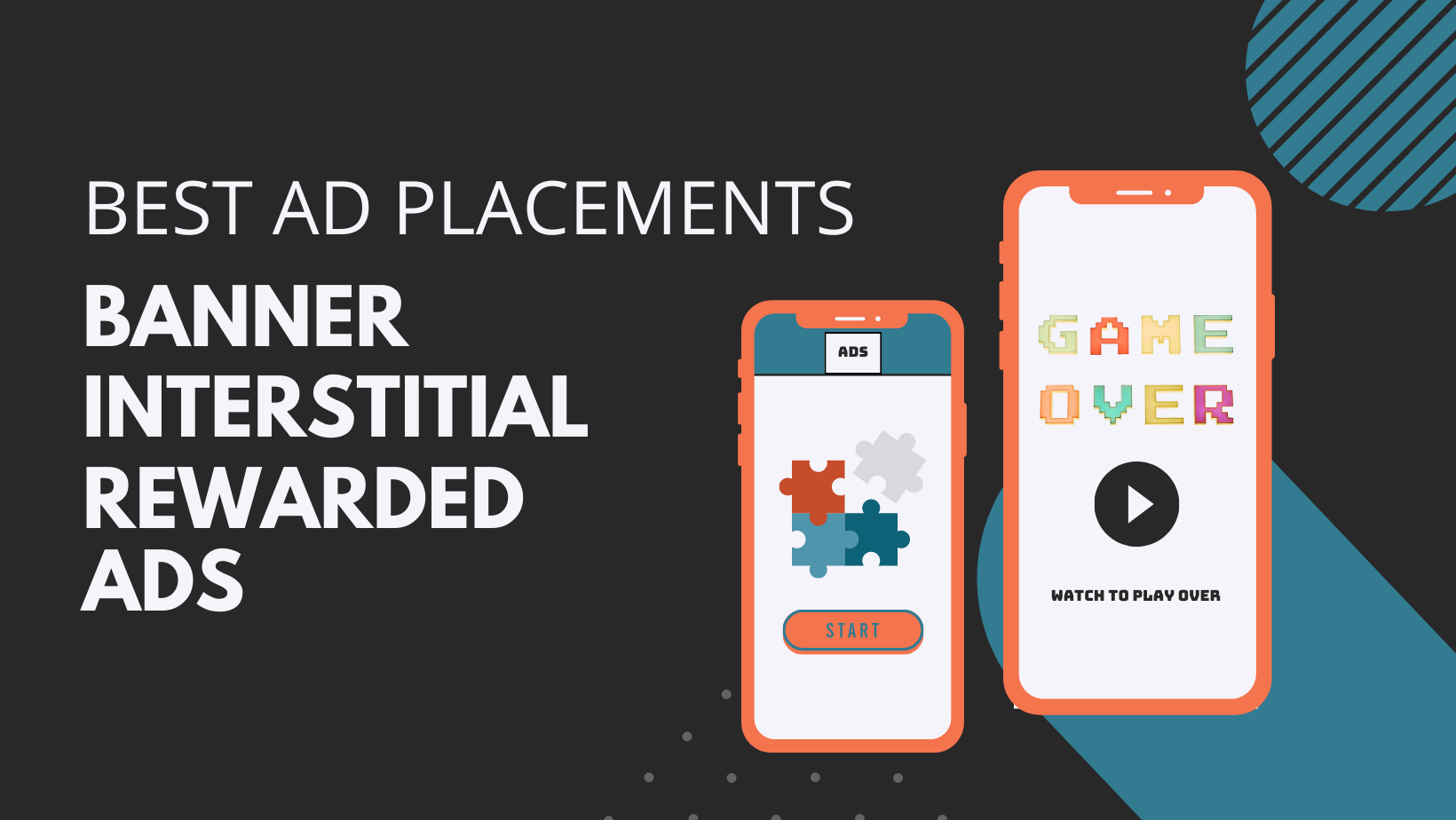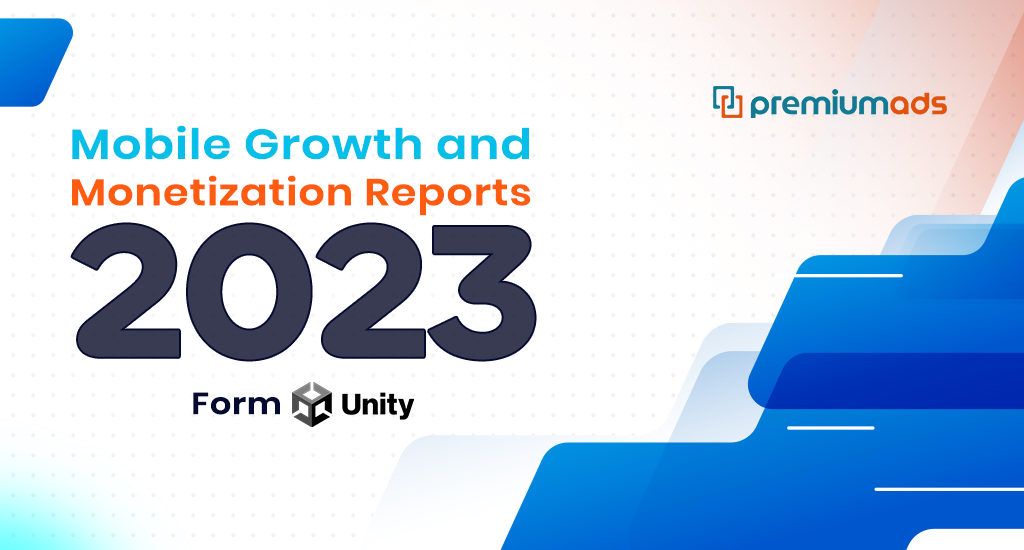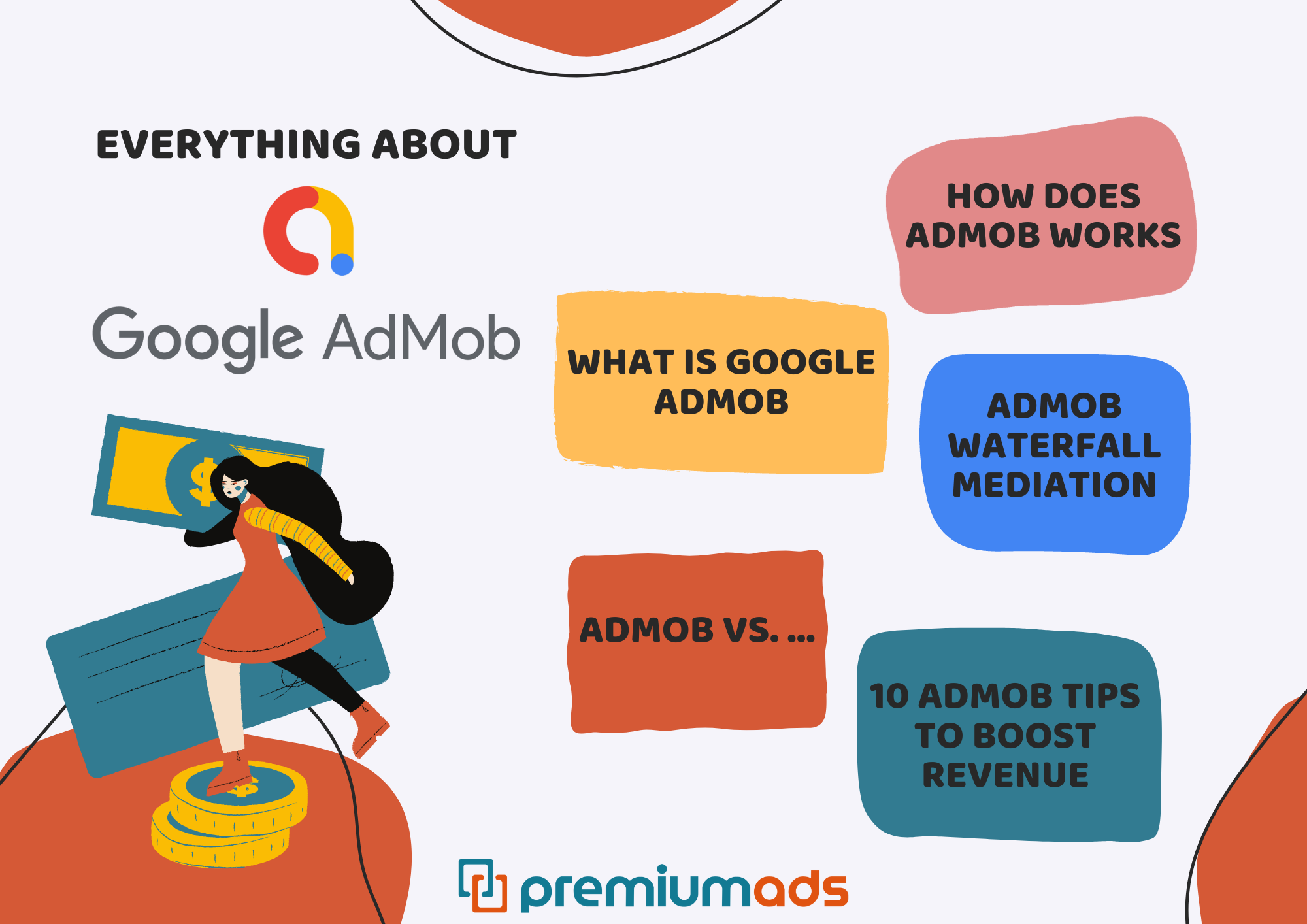How do game/app companies make money? Either by selling their products or by monetization. Developing games/apps undeniably will cost money, and app monetization is a stage where you can start profiting from what you have spent. Other than having users love the products, revenue from app monetization is also a motivation for game developers.
Since monetization performance is such a deal-breaker for mobile apps and games, determining a great monetization strategy is also essential. Sometimes, app monetization can be like rocket science with all those UI, UX, ROI, or ROAS,… Not only do you need to make sure that your users don’t get annoyed with how you do monetization, but also that they keep on engaging and interacting well with it and the game.
Why do you need a clear monetization strategy?
Consider every game or app is a business model, as the owner, you need to:
- Get users to engage, retain them
- Generate revenue and optimize earnings
- Bring in ROI or ROAS
- Keep good app performance
After getting somewhat through with UA and several testing rounds, gradually implementing monetization and testing are recommended by game publishers. Several factors a game/app developer should consider are metrics like DAU/MAU and projective growth. These will make a great contribution to a good monetization strategy.
What are ways to monetize your apps/games?
1. In-app Advertising
Creating inventory for your app to show ads to users is a great way to earn revenue with simple implementation. In the old days, app developers used to offer their products directly to one advertiser at a time. Now, with the help of monetization partners and technology like SSPs, ad networks, ad exchanges, and ad mediations, app developers can sell their impressions to multiple bidders in real-time. This method of monetizing is especially efficient if you can show ads that are relevant to your users.
2. Paid apps
Asking users to pay for your apps/games upfront can help you gain a better brand positioning since premium apps usually are ones with very good quality. By going with paid apps strategy, developers must always keep their apps on fleek with the best performance possible and usually will not be able to integrate any ads. This method is not very popular when it comes to mobile apps, developers will need to carefully consider their target audience and the product.
3. Freemium
A new approach to monetization is offering free apps to access, then charging for extended game/app content. This is an effective way to make revenue when they are already engaged with the content.
4. In-app purchase
Besides advertising, in-app purchase is also widely used by developers. Offering users free apps but still having them pay for in-app assets is the best way without having to charge them upfront. In this case, developers should keep track of the purchase volume and remember to make the assets purchased worthwhile. App developers now usually combine this model with advertising in apps, to optimize their earnings.
5. Subscriptions
Developers can offer users different subscription packages with varying advanced features. Subscription means that the app can be downloaded for free, but only subscribers will have access to additional features. Users who do not subscribe will still be able to use the basic version of the app, which includes some interactive features.
6. Partnerships
If an app is highly sought-after by a niche market, brands within that industry may approach you for sponsorship deals to expose their brand to your users. If the user base is substantial enough, generating revenue through brand sponsorship, partnership, or acquisition could be a viable option.
Find out which method of monetization might work for your game/app
- How is your app used? – The monetization strategy must align with the function/purpose of the app. If it’s an app with digital products like books, news, or music, subscription plans are the way to go. If it’s a game, advertising or/and in-app purchase are the best suit. Apps and game types that are common will usually not go with paid apps.
- Get insights on your target audience. – Consider user personas and if they are willing to pay or what will make them be willing to pay. If you’re going with paid apps, show the values that users look for. For free apps/games, the product content must frequently show them value in utility, and quality then they can go for subscriptions, watch ads, or purchase assets.
- What are your strengths? – If you own a prominent network with brands and advertisers, or your app focuses on a certain niche, partnerships can be a great idea. If your team has sufficient experience in advertising, leverage your ad monetization script.
Building a sustainable income stream is a key objective when developing an app. It’s important to include this goal in your business plan from the outset rather than as an afterthought. Selecting the appropriate monetization approach for your business and your targeted user base early on will establish a foundation of momentum that can be leveraged moving forward.





